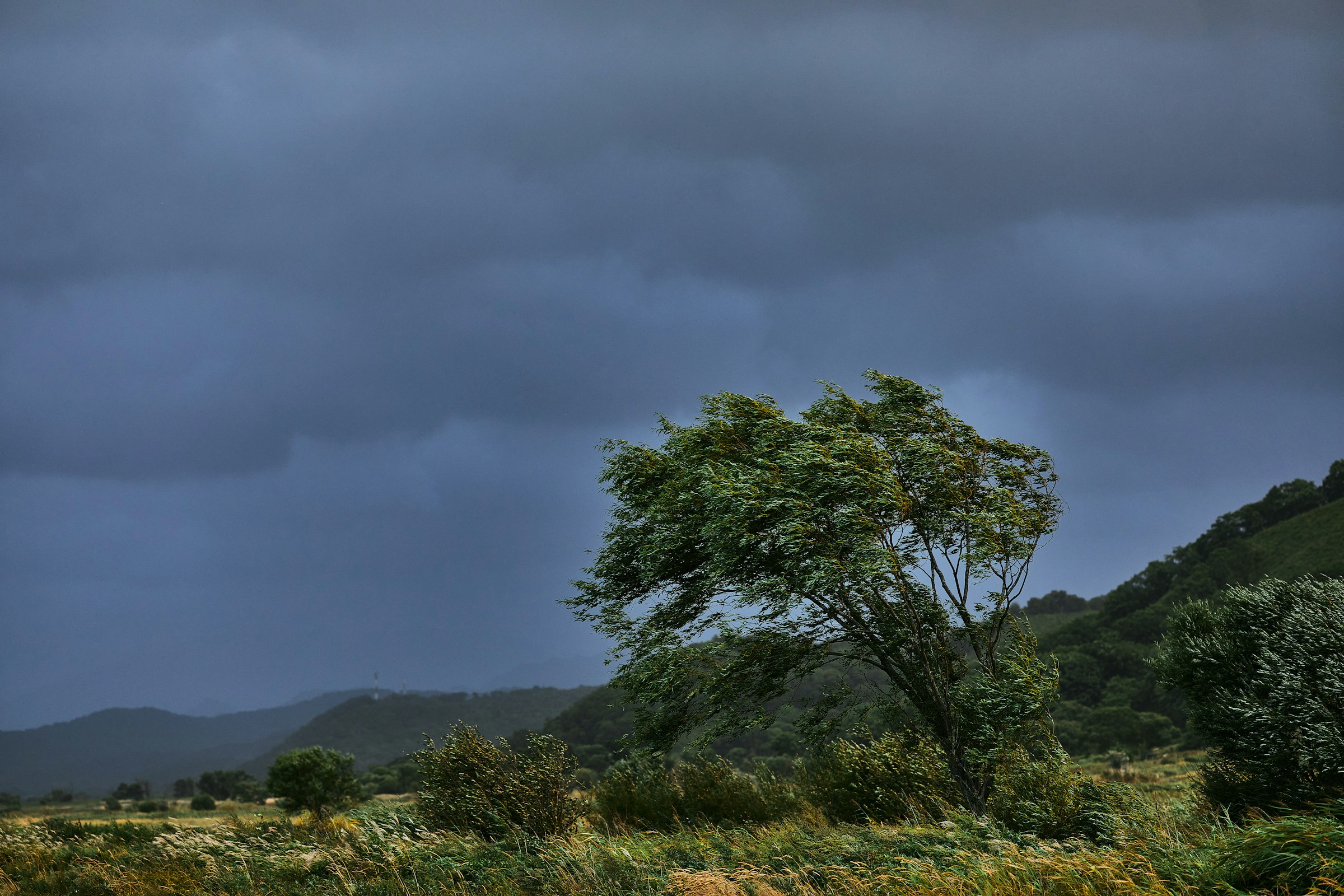Hong Kong’s forecaster says a broad low pressure area that moved from west of Luzon into the central and northern South China Sea is developing and could trigger a No 1 typhoon signal between tonight and tomorrow morning. Thunderstorms were already flagged today with the risk of hail. The near term outlook points to windier, wetter conditions into Friday.
For product and operations leads, the No 1 signal is an information signal first. It means a tropical cyclone is within about 800 kilometers and may affect the territory. That is the time to tighten forecasts, not to shut down. The Hong Kong Observatory defines No 1 as a standby phase that can evolve quickly into stronger signals if structure consolidates.
Weather volatility this week will test last mile capacity and service level guarantees. Short, intense cells can down tools faster than a headline storm. If you run food delivery or e-commerce, switch routing logic to prioritize shorter trips and covered pickup points, then raise the grace window on promised delivery times. The win is not zero cancellations. The win is predictable exceptions with clean customer comms. The nine day forecast points to recurring showers and unstable air, which is exactly when microbursts break SLAs in certain districts. Build a temporary district map that tags lightning prone corridors and route accordingly.
Driver and rider safety rules should move from guidelines to enforcement once thunderstorm alerts appear. The Labour Department is clear that employers should agree on adverse weather plans in advance, including remote work where applicable and flexible resumption after warnings are cancelled. If your ops rely on casual or gig labor, publish a single source of truth that states pay treatment, cancellation hierarchy, and who can opt out without penalty while warnings are active. This is both safety policy and retention strategy.
Inventory and network readiness matters more than heroics. Inbound pallets that have any risk of water damage should be staged two to three racks higher and wrapped again. If you operate ground floor mini warehouses in flood sensitive streets, pre-emptively close intake during peak storm periods to avoid claim cycles. For perishables, add a temporary buffer to cold chain turnover because short transport delays compound. None of this is dramatic. It is simply margin defense when the weather injects randomness.
If you run a data-heavy platform, validate alert hooks now. Push notifications for delivery changes or office status should not compete with weather alerts for user attention. Stagger them and keep status pages clean. Users forgive weather. They churn on ambiguity. A No 1 that escalates overnight is exactly when this design either works or creates ticket floods.
Finance operators have a separate playbook. Since September 2024, Hong Kong’s exchanges have kept trading during severe weather, including Typhoon Signal No 8 and black rain, aligning with Shenzhen and Shanghai. A No 1 will not change market status, but it is still a good time to check remote trading posture, vendor dependencies, and after hours arrangements that have special rules under stronger warnings. The intent from HKEX is clear. Liquidity should persist through weather. Your task is to make sure your own pipes do the same.
If you are a corporate with office staff, the real test is not whether you can flip to remote in a crisis. The test is whether managers already know the decision rule before a heavier signal arrives. The guidance from authorities calls for pre-agreed arrangements, not ad hoc scrambles. Write the rule. Publish it internally. Then practice it on a quiet day.
What to watch next is straightforward. If the system consolidates, the Observatory may escalate to higher signals that imply stronger winds and greater disruption to marine and land transport. If it stalls or drifts, we stay in a humidity and thunderstorm pattern that continues to degrade delivery reliability in pockets of the city. The definition of each step up the ladder is public and precise, which lets operators tie actions to signals rather than vibes.
The subtle risk sits in human behavior. Teams tend to over-index on the first dramatic video clip on social media and underweight the official signal ladder that determines policy triggers in Hong Kong. Anchor decisions to the ladder. Then use live telemetry from your own fleet and customer support lines to adjust at the edge.
Miles’s take. The No 1 typhoon signal is not the event. It is the rehearsal. Product leaders should treat this window as a live-fire audit of delivery logic, workforce policy, and trading continuity. If you need to rewrite a rule, do it before the wind changes.














.jpg&w=3840&q=75)
